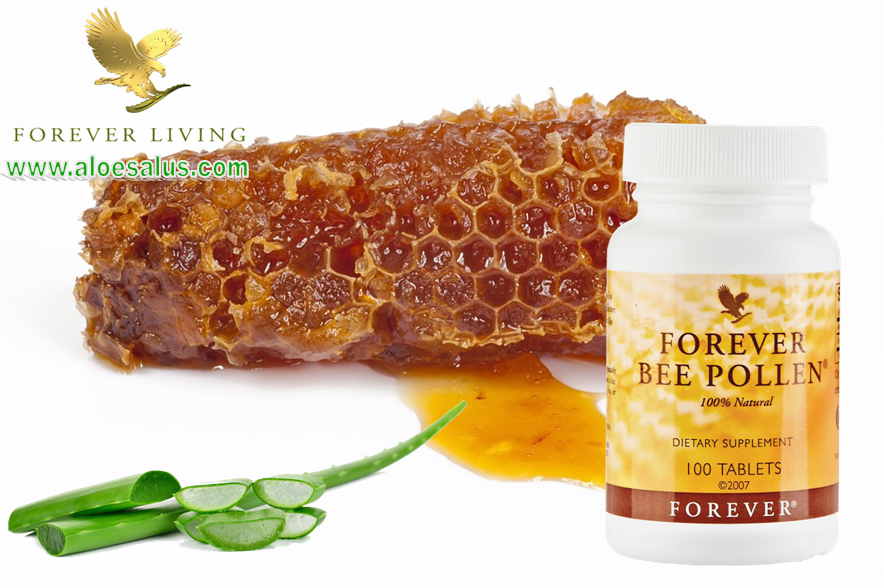
A carbo-loading food can be beneficial before long hikes or races, as well as endurance events such a marathon, ultramarathon, triathlon, and Ironman. These types of activities demand a lot of energy. Carbo-loading foods can help to prevent muscle exhaustion. You should avoid carbo-loading if you are not running a marathon or an ultramarathon.
Carbo-loading can be defined as carbo-loading meals eaten in the hours or days leading up to an endurance event. Do not eat foods that are high in glycemic. This can cause a decrease in blood glucose. A high-protein meal, for instance, is a better choice than a large pasta dinner, which could increase your performance.
Healthy eating should include at minimum a few carboloading items. The best time of day to carb-load before an event is two to three weeks in advance. Doing this will help your muscles to be rested and ready for action. Generally, you should consume 2.3 to 5.5 grams of carbohydrate per kilogram of body weight a day. Crackers, chicken noodle soup, or any other food that can be tolerated if you are unsure about your caloric intake.
Glycogen reserves last around 30 minutes after exercise. The time it takes to store glycogen can be extended by carboloading your meals before you start a workout. This means you'll have more energy for endurance, and less time to feel fatigued. This can increase your performance in a marathon or a long run. If you have leftover carbohydrates, you can donate them to Missoula Food Bank. It will be a great decision.
Carbo-loading is not likely to be a benefit for professional athletes in long-distance events. Two hours is the average time for basketball, soccer, and football games. The majority of runners spend their training days standing so it's unlikely they can reap the benefits from carboloading before a race. However, marathoners can reap the benefits of carbo-loading, since extra carbohydrates can help them recover in the long term.

Carbohydrate loading is important for marathon preparations. Marathoners should normally consume four to five pounds more than what they usually eat. This extra weight is a sign that they've successfully carb-loaded. They'll also be able store three g of water from the extra carbs, which will come in handy during their race. As a result, they'll have enough fuel and hydration for the entire duration of the event.
Carboloading can have nutritional benefits but there are also risks. Refined carbohydrates are best avoided when you're training to compete in endurance events. These foods will increase your risk of experiencing a spike in your blood sugar levels. A high intake of refined carbohydrates can lead to dangerous spikes in your blood sugar. These spikes can cause fatigue and excessive hunger, which can lead to serious health problems.
Carbo-loading foods should be low in fat and low in fiber. High-fiber foods can be good, but you need to limit their intake. Too much fiber can cause stomach discomfort. You should limit your intake of fiber and increase the amount of carbohydrate you consume. However, you can include fat-free snacks and meals to your diet. These are often the exact same foods that were used to make a high-carbohydrate diet.

Carbo-loading food should only contain low-GI carbohydrate foods. However, it's important to be aware that high-fiber carbohydrate foods can cause digestive problems. They are high-sugar and can cause problems with the digestive system. If you're doing an endurance sport, you should limit your carbo-loading foods to low-GI ones. Additionally, it is important not to consume more than you need.
Carbo-loading is a process that requires you to be aware and meet your caloric requirements. It is vital to know what your caloric requirements are for endurance events. For every kilogram of body weight, you should consume about 35g carbohydrate. You should also remember that carbohydrates don't need to be consumed for endurance. In fact, they can cause stomach problems. Before you start a marathon/ultramarathon, it's important that you understand the meaning of carboloading meals.
FAQ
How do you store leftovers best?
Tupperware containers work well for leftovers. These containers keep foods fresh and prevent odors from forming. They keep foods warmer for longer. Freezer bags can be used to freeze any leftover food. Place food in another freezer bag to prevent air escape when freezing. After the food is frozen, place it in a sealed container like a ziplock bag.
How can I get hired to be a chef?
You must complete a degree in culinary arts to be able to apply for a job at the table as a professional chef. You should next join a professional organization such as the American Culinary Federation. This association offers certification exams as well as networking opportunities.
Are there any ingredients that I must buy in order to make a meal?
You don't have to buy all ingredients. Most grocery stores sell premade sauces and other items you can use as substitutes. Pre-made meals are a great way to save money.
What are some of the benefits of using slow cookers?
Slow cookers are useful because they can make delicious meals in a fraction of the time. Slow cooker recipes are healthier than traditional ones because they use less oil and fat. Also, slow cooker recipes are easy to use because they do all the work while you sleep.
What does it take to become a chef in the United States? What is the average career track?
It takes five years to become a chef. This time you'll learn the basics of cooking and work as a cook assistant. When you finish your training, you can apply for positions as a line cook, sous chef, or executive chef. The average salary for a chef ranges from $25,000 to $60,000 per year.
Statistics
- In the United States, the category is estimated at $23.2 billion annually and is growing faster than the market. (washingtonpost.com)
- under 10 Kids have been taught that there is special food just for them, and Fiese says that 10 percent of kids will throw a tantrum if they don't get the food they want. (washingtonpost.com)
- On average, chefs earn $58,740 a year, according to the BLS. - learnhowtobecome.org
External Links
How To
How to make an omelet that is perfect
Omelets are one of my favorite foods to eat at breakfast. But how do they turn out so perfectly? Many different recipes and methods have failed to work for me. So today, I want to share some tips and tricks with you so you can make your own delicious and fluffy omelets every morning.
Before we start making omelets, let's remember that eggs are temperamental. It is important that eggs are fresh from an organic market and kept cool until used. You must keep them cool enough to allow the whites to form properly and the yolks to become too runny if they're not kept at the right temperature. This causes your omelets to look oddly colored. If you want to make omelets right away, it's best not to use eggs that are too cold.
Another tip is to separate the egg before adding it to the pan. You don't want any white to get mixed up with the yolk because this could cause the omelet to curdle.
You might burn the bottom of the egg if you place the egg directly on the stovetop. This could ruin the texture of your omelet. Instead, put the egg in the microwave for 10 seconds before putting it into the pan. The microwave heat will cook the egg just right without making it too hot.
Next, let's talk about mixing the eggs. When mixing eggs, it is important to thoroughly beat them. You need to turn the bowl of the mixer upside down. Now shake the bowl vigorously. By doing this, the egg is thoroughly mixed with the air in the bowl.
Now comes the fun part - pouring the milk into the mixture. The first step is to pour half of the milk in the beaten eggs. Next, fold the eggs into the remaining milk. Do not be alarmed if there are still egg streaks visible. Once the omelet flips, these streaks will disappear.
After folding the eggs, place the pan on medium heat and wait for the oil to start sizzling. Once the oil starts getting hot, add 1/4 cup of butter to the pan and swirl it around to coat the entire surface of the pan. Carefully open the pan's lid and add salt to the pan. The salt will help to prevent the omelet's sticking to the pan.
Once the omelet has formed, cover the pan again and wait for the top side to set completely. Use a spatula to flip the omelet or turn the pan upside-down. Cook the other side for about a minute. Serve immediately after removing the omelet from its pan.
This recipe is best when used with whole milk. But, you can use skimmed milk as well.